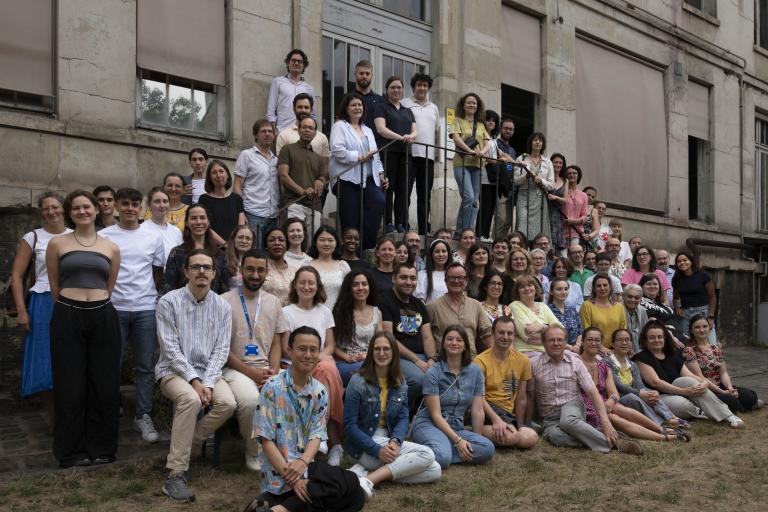Welcome to the MCAM group

Pipetage © MNHN - Agnès Iatzoura

Pipetage © MNHN - Agnès Iatzoura
MCAM is a mixed research unit of the CNRS and MNHN (UMR 7145). The unit constitutes a multidisciplinary research pole for environmental microbiology at the Museum, exploring microbial biodiversity and understanding the role of microorganisms in ecosystem maintenance, equilibrium, and evolution
The creation of the MCAM unit was the result of the fusion of a number of former Museum research units (UMR 5154 Chemistry and Biochemistry of Natural Substances, EA 3335 Functional Biology of Protozoa, and EA 4105 Ecosystems and Toxic Interactions), uniting their strengths and their expertise in different sub-disciplines to create a truly multidisciplinary research pole to study the molecular mechanisms of communication and adaptation of microorganisms to their environment using approaches from chemistry, biochemistry, biology, and ecology. This fusion was first presented to the AERES evaluation committee in 2008 and the Unit “Molecules of Communication and Adaptation of Microorganisms” (MCAM) was officially created on January 1st, 2009 under the label of unit FRE 3206 of the CNRS, and later recognized as a mixed research unit between the CNRS and the Museum (UMR 7245) on the 1st of January, 2011, under the direction of Professor Sylvie Rebuffat. On the 1st of February 2016, the direction of the unit was passed on to Professor Philippe Grellier. Today MCAM is one of the units within the Adaptations of Live Department of MNHN.
The unit’s international collaborations are illustrated on the interactive map.

Unité MCAM